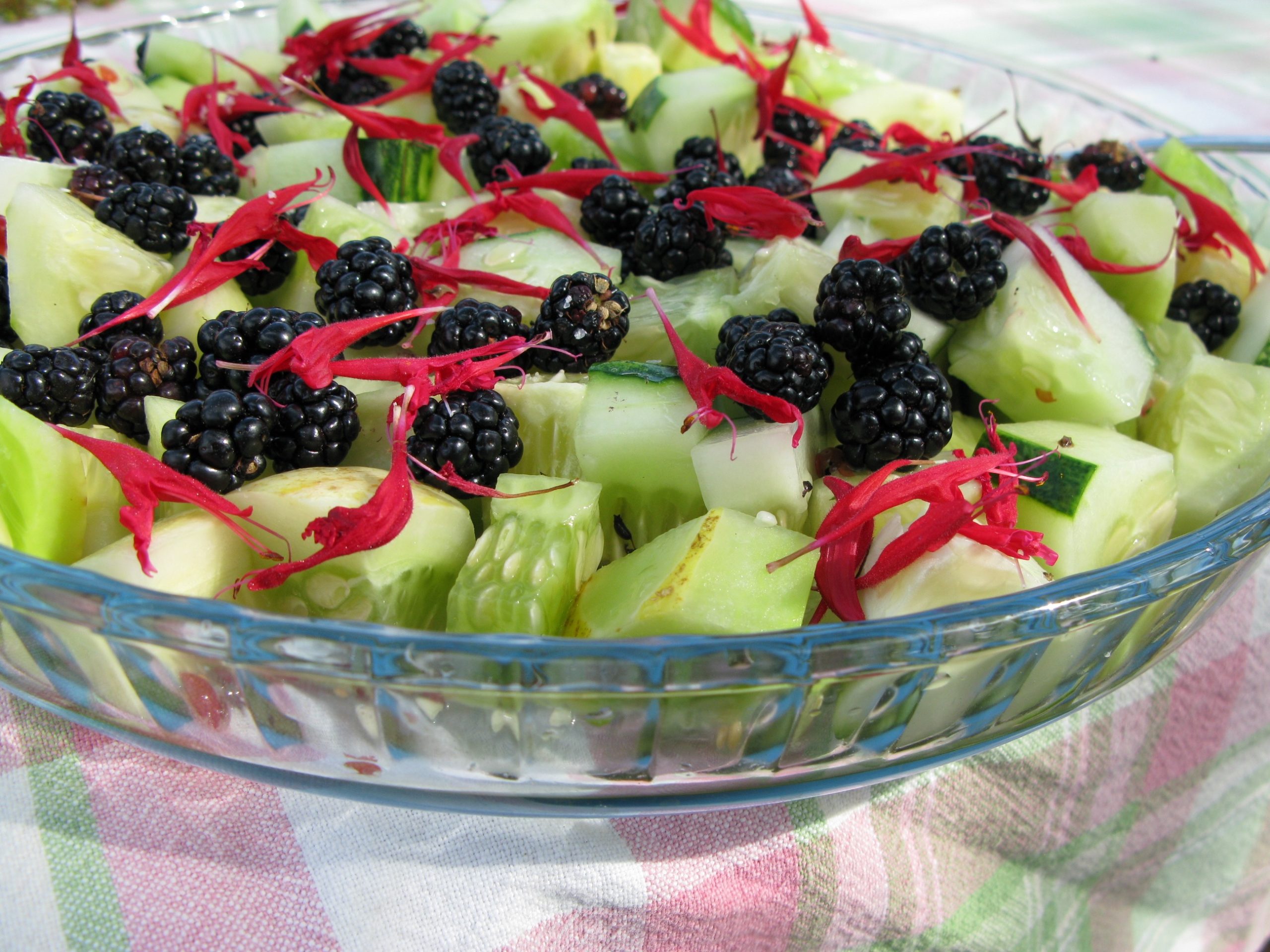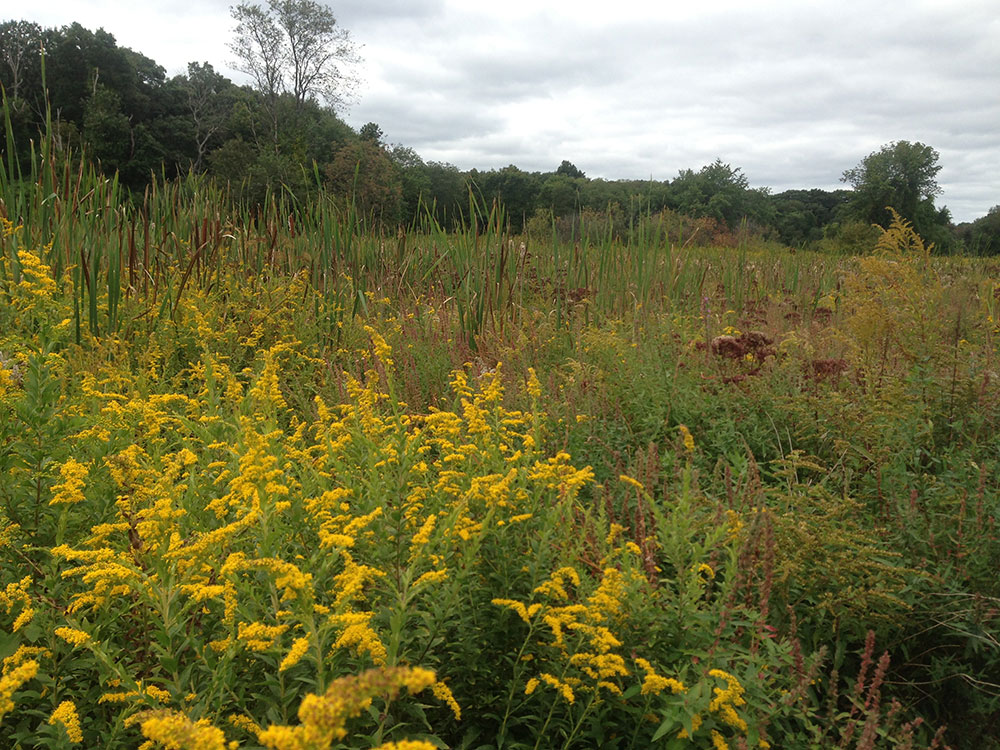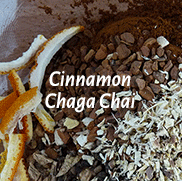Apothecary Herbs – A Getting Started Guide
Apothecary Herbs – A Getting Started Guide
The folksy, simplest ways are often the best – most herbs have water-soluble constituents, making them perfect for adding to baths, making a poultice, or the standard cuppa tea. Above all: eat them. Like eating and enjoying freshly prepared local food, the use of locally grown or foraged and carefully handled herbs is a vital way to restore and enhance health, from the nutritional to the vibrational level. Using local herbs over mass-produced herbal products is akin to the difference between eating home-cooked, garden-fresh, nutritionally-vital food over purchasing mass-produced, flash-frozen, pre-packaged and far-shipped food. You can easily discern the difference in freshness and quality, there are no lag times in getting fresh product to you, no fossil fuels are used for shipping, and there is that unmeasurable but undeniable ingredient – love. Prepare your herbs with care and they will intend your health back to you. Like magic.
Basic Cooking of Greens:
There is a way to cook that captures all the nutrients in greens – and it can be used on all sorts of greens, including weed greens.
Leafy greens have acids that when heated, contact the plant’s chlorophyll and turn it gray. Adding lemon or vinegar makes it even more gray (army green). Steaming makes the acids in the leaf destroy its own color and concentrates bitterness. In a large pot of water, the acids are diluted and the veggies stay green, and the water also dilutes the bitterness. Sautéing, stir-frying, quick-boiling, and grilling all make softer, tastier greens. Assertive greens like mustard greens, broccoli rabe and collards, kale, turnip greens can be boiled or blanched – they taste and look better.
So, the best way to preserve nutrients is to ‘shallow-blanch’ the greens in a small amount of water: 2 cups for one bunch up to one pound. It only takes 3-10 minutes to soften the leaves (depending on type of green). A large wide skillet with tight lid is best; you can spread out the greens for quicker cooking – the fast and furious method preserves nutrients, color and taste. Boil that little bit of water before adding greens; the instant heat neutralizes enzymes that destroy pigments and vitamins which are active at low temps (120-160) but are destroyed by boiling. Then get them out of there soon, before they stop being bright bright green.
Save pot water for other uses (‘green cocktail’ drinks, broths, even compost!) – it has lots of not-water-soluble vitamins and minerals. Include greens under fish, atop pizza, in lasagna or other casseroles, and in soups and stews.
Tea:
To brew an aromatic infusion, I like a simple method. Boil the water, just barely. Place herbs (fresh or dried, see drying herbs below) in a quart mason jar. Pour water over the herbs, cover immediately and tightly with the gasket and neck band, and let steep for 1-24 hours. Strain into another mason jar or other recycled glass jars (to carry). A French press works well too. For a strong infusion, use about an inch of dried herbs on the bottom of the mason jar. For a normal infusion, a tablespoon is standard. If you are using fresh (and you will!) you can just fill the jar loosely with herb. It should be beautiful and fun, quantities are not really relevant in these folksy methods.
Appalachian herbalist Phyllis Light recommends boiling herbs for 20-30 minutes to extract the deep medicinal properties from the plants. This decoction method is especially useful when you don’t necessarily want to capture the aromatic properties of an herb – when using roots, stems, bark, berries, and many leaves – but you do want to extract the minerals and deeper nutritive qualities by breaking down the cell wall more fully. After boiling, strain and fully press the plant material (great for composting) out into the liquid, cool to warm, and drink, usually 3 cups 3 times a day. The amount of herb for this method is usually 1 tablespoon to a gallon of water, and the water boils down to about a quart and a half, or two days worth of tea.
Poultice:
A poultice (also called a ‘plaster’ or ‘cataplasm’) is a totally underused and very therapeutic way to use home herbs. A poultice is made with a soft moist mass of herbs, often heated and with additional water, that is spread over the skin to treat an aching, inflamed or painful part of the body. It can be used on wounds such as cuts, or sores or stings, or other lesions in the skin.
The mass often covered with or contained by a cloth to reduce the mess. One receiving a poultice usually rests, but I’ve worn small ones (plantain for bee stings) held in place with large bandaids and continued to walk around. The heat and moisture and herbal constituents improve circulation and help aid the body’s inflammation response to help healing happen more efficiently. Reapplying them is a good idea, or sleeping with one on can be good for some things.
Just grind or powder the herb in the blender or mortar & pestle with a little hot water, spoon onto a cloth and mash it around so it is evenly on there, then check for temperature – not too hot – and apply to the area. Hold in place with ace bandages or just rest with it on the area until you feel better or get restless.
Drying Herbs:
It is easy to gather and dry herbs for cooking or for making tea. Harvest mid morning, after dew is burned off but before things look wilty and essential oils are still strong in the plant. Usually you want the aerial parts, so about the top 1/3 of the plant is a good rule of thumb. Remove any old, brown, dead or wilted leaves. Don’t wash them – you should harvest clean plants from your organic yard and they won’t need washing (I guess be sure you’re outside the dog area…) Gather into neat, smallish bundles. Tie stems and hang upside down – I like using twist-ties so I can tighten them as they dry. Hang in a warm, dry spot (I love the greenhouse for this – but an attic or rafter is great).





